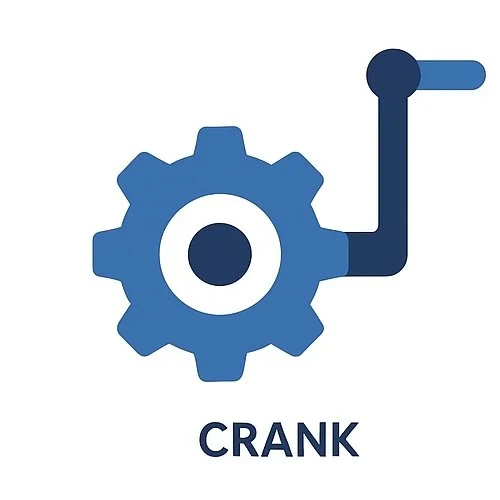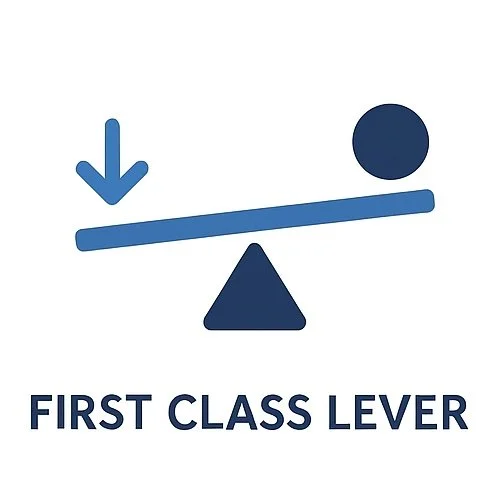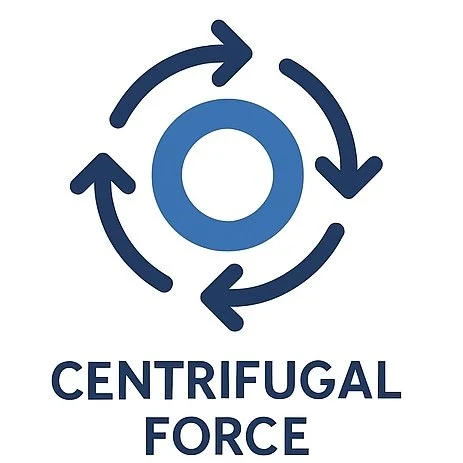Engineering of TerraWash
The goal is to create a fully off-grid washing machine that can be used in the most remote of communities while being easy to operate and durable.
Using CAD numerous iterations of the design have been made. Each one making slight changes than the version before.
Each blueprint has been kept to catalogue changes.
There are several relevant engineering principles guiding the development of TerraWash Machine.
Pinion is the smaller gear, and the gear wheel is the larger gear. When the pinion turns, the larger gear will rotate. Based on the size and set-up of the system, it can speed up, slow down or change the direction of movement. Gear pinions attach to the hand crank and gear teeth so the drum can move smoothly. Gear pinions are a classical mechanical engineering concept dating back to ancient Greece. The pinion is connected to an input; in this case, it is a hand crank. The gear ratio will determine both torque and speed modifications. A pinion with 5 teeth and a gear of 15 teeth creates a 3:1 ratio, and therefore, one turn of the pinion turns the gear 1/3 of a rotation with 3x of torque.
The crank is a manually operated first-class lever that drives the rotation of the inner drum. When turned, it transmits force through a gear pinion connected to a larger gear, initiating motion inside the washing chamber. The crank can be positioned in two configurations — one optimized for torque, the other for speed. Torque mode delivers greater mechanical advantage for heavier loads, while speed mode enables faster spinning to extract water during the drying phase. This mechanical setup allows for efficient energy transfer from the user’s hand to the system. Hardened steel at the crank’s engagement points ensures durability, and the modular design allows for easy maintenance and long-term use.
A first-class lever is a simple machine that consists of a rigid bar rotating around a central fulcrum, with the input force on one side and the output force on the other. In this design, the crank operates as a first-class lever by placing the user’s input force (the handle) on one end and the mechanical output (rotation of the drum) on the other, with the pivot point positioned in between. This setup multiplies the user's input force, making it easier to turn the drum. Adjusting the handle or fulcrum changes the torque or speed, helping the crank perform efficiently with minimal effort.
Centrifugal force is generated when the inner drum spins at high speed. As the drum rotates, water and debris inside are pushed outward against the walls of the drum due to inertia. This outward force helps separate water from clothes during the spin cycle, making drying more effective without electricity. By switching the crank to speed mode, the system maximizes rotational velocity, increasing centrifugal force and enhancing the machine’s ability to expel grey water. This principle of motion is key to the TerraWash’s off-grid washing and damp-drying capabilities.









